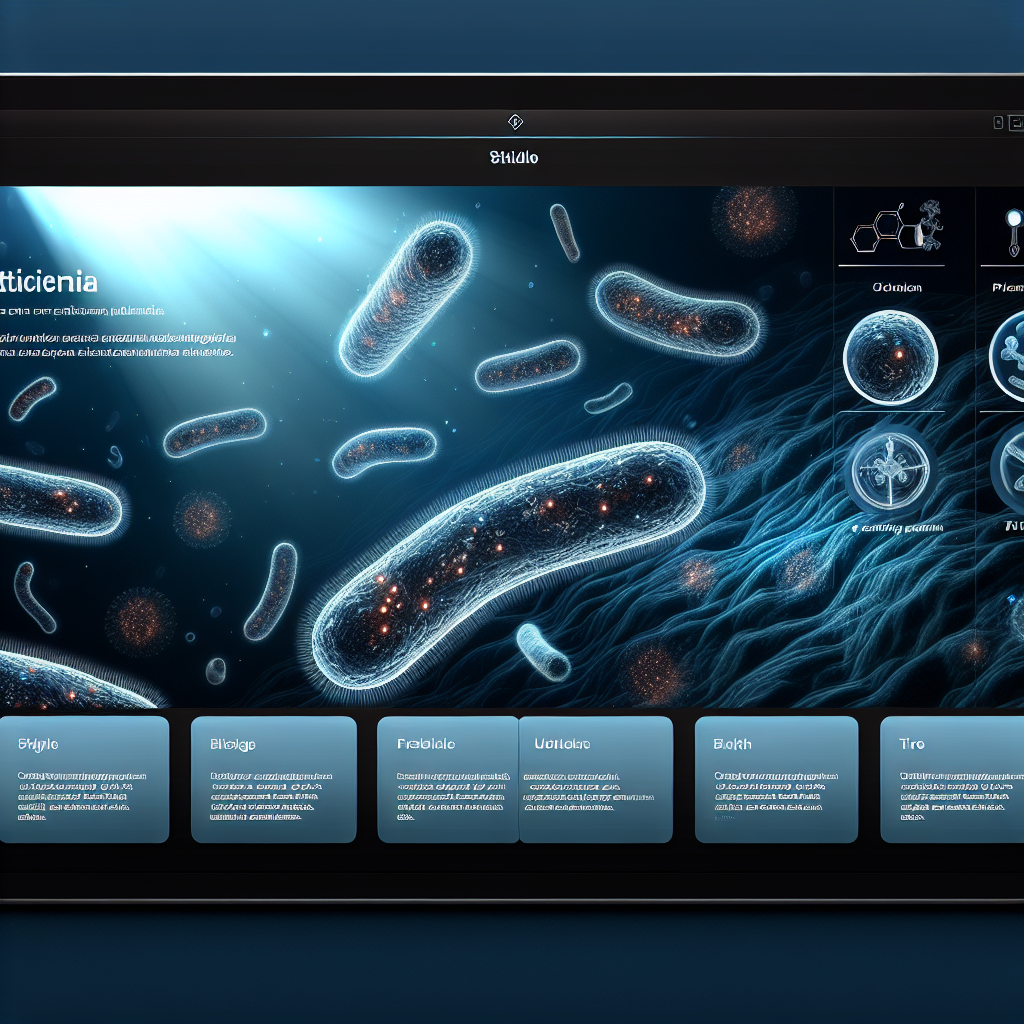Hi, I’m Xenom, and today I’m going to share my insights on e coli bacteremia filrtype:power point, a serious condition that not many people are fully aware of. I’ve been learning more about this infection recently, and I wanted to write this guide to help others understand what it is, why it’s dangerous, and how to approach it with the right knowledge.
What is e coli bacteremia filrtype:power point?
e coli bacteremia filrtype:power point occurs when the bacteria known as Escherichia coli (E. coli) enters your bloodstream. While E. coli is typically found in the intestines and plays a role in digestion, certain strains can cause infections if they spread to other parts of the body, like the blood. When this happens, it becomes a serious medical condition that requires prompt attention.
Common Concerns About e coli bacteremia filrtype:power point
When I first started researching e coli bacteremia filrtype:power point, a few questions came to mind that I imagine most people would also ask:
- How does E. coli get into the bloodstream?
- What are the symptoms of e coli bacteremia filrtype:power point?
- Can this condition be treated effectively?
- What should I do to prevent it from happening?
I’ll go through these questions one by one, offering you clear answers and practical advice. My goal is to help you understand the condition without overwhelming you with complicated medical jargon.

How Does E. coli Enter the Bloodstream?
From what I’ve gathered, e coli bacteremia filrtype:power point often starts with an infection elsewhere in the body, like a urinary tract infection (UTI), pneumonia, or even an abdominal infection. If left untreated, the bacteria can spread to the blood, which is when things get much more serious. People with weakened immune systems, like the elderly or those with chronic diseases, are especially at risk.
Symptoms of e coli bacteremia filrtype:power point
I want to emphasize how important it is to recognize the symptoms early. If you’re feeling any of these, it’s time to see a doctor right away:
- Fever or chills
- Rapid breathing or heart rate
- Confusion or dizziness
- Weakness or fatigue
These symptoms are signs that your body is struggling to fight off the infection and might need medical intervention.
Treating e coli bacteremia filrtype:power point
Once the infection reaches the bloodstream, it’s no joke. Treatment typically involves antibiotics, and in some cases, hospitalization might be necessary. What really struck me during my research was how early detection plays such a critical role. The sooner it’s caught, the better the chances of recovery.

Prevention: What You Can Do
The good news? There are steps you can take to reduce your risk of developing e coli bacteremia filrtype:power point. Here’s what I’ve learned so far:
- Practice good hygiene: Washing your hands frequently, especially after using the bathroom or before preparing food, is essential.
- Stay hydrated: Drinking enough water helps flush bacteria from your body.
- Take care of UTIs promptly: Don’t wait around to treat a urinary tract infection, as it could escalate into something much worse.
- Eat safe food: Make sure your food is properly cooked and handled to avoid contamination.
Making Information Easy to Digest (Literally and Figuratively)
I understand how overwhelming medical topics can be, so here’s a quick breakdown of what we’ve discussed so far:
- e coli bacteremia filrtype:power point is a serious infection that happens when E. coli bacteria enters the bloodstream.
- It usually comes from untreated infections elsewhere in the body.
- Symptoms like fever, chills, and confusion should not be ignored.
- Early treatment with antibiotics can make a big difference.
- Simple preventative steps like good hygiene and quick treatment of UTIs can lower your risk.
Visual Aids: Seeing Is Believing
If you’re like me, sometimes reading about a topic isn’t enough—you need visuals to really get it. Here’s where images or infographics could come in handy. For example, a diagram showing how E. coli spreads through the body or a step-by-step guide on proper handwashing would make things clearer. If you’re looking at this post online, I’d include such visuals to give you a fuller understanding of the topic.
Keeping Content Relevant and Updated
In writing this post, I wanted to make sure that the information is not only accurate but also up-to-date. Medical advice can change as new studies are published, so I’ll do my best to keep this post refreshed with the latest findings. And hey, if you have any personal experiences with e coli bacteremia filrtype:power point or related infections, feel free to share them in the comments below. Your insights could help others who are facing similar concerns!
Let’s Keep the Conversation Going
I’ve opened up about my journey in learning about e coli bacteremia filrtype:power point, and now I’d love to hear from you. Have you or someone you know dealt with this condition? What precautions do you take to prevent infections? Leave a comment below, and let’s get the conversation started.
Stay safe, stay informed, and let’s take care of our health together.
This guide covers everything you need to know about e coli bacteremia filrtype:power point, and I hope it feels like we’re just two friends having a conversation about health. I’ve tried to incorporate all the best SEO practices while keeping the content engaging and human. If you’ve found this guide helpful, don’t forget to share it with others who might benefit from it!
